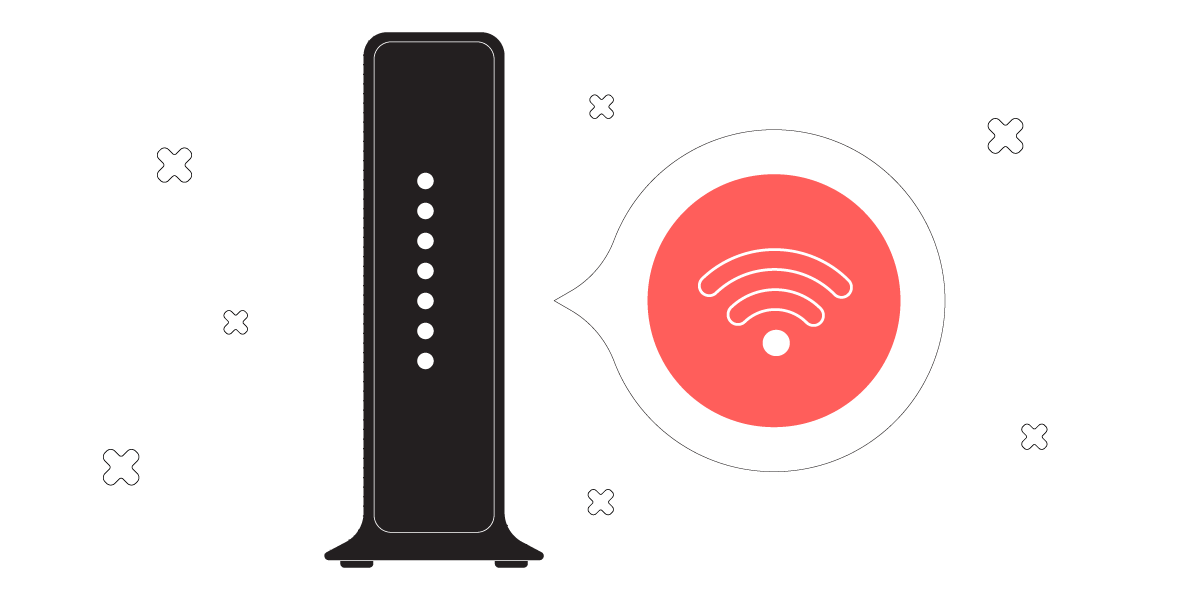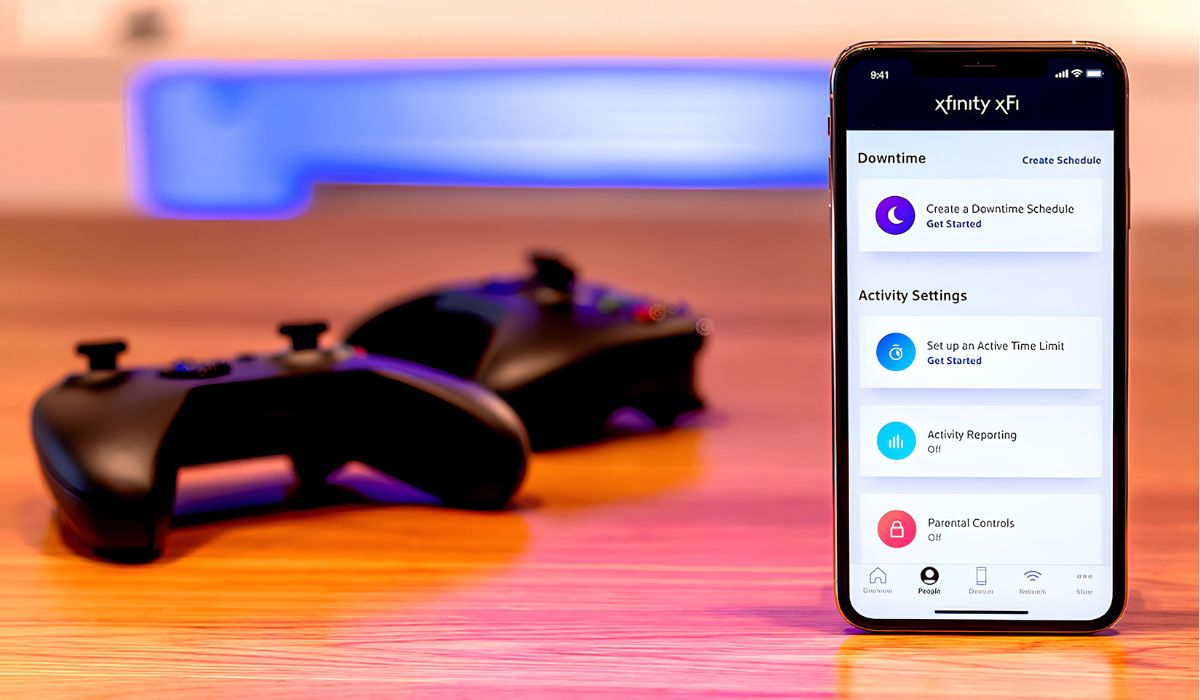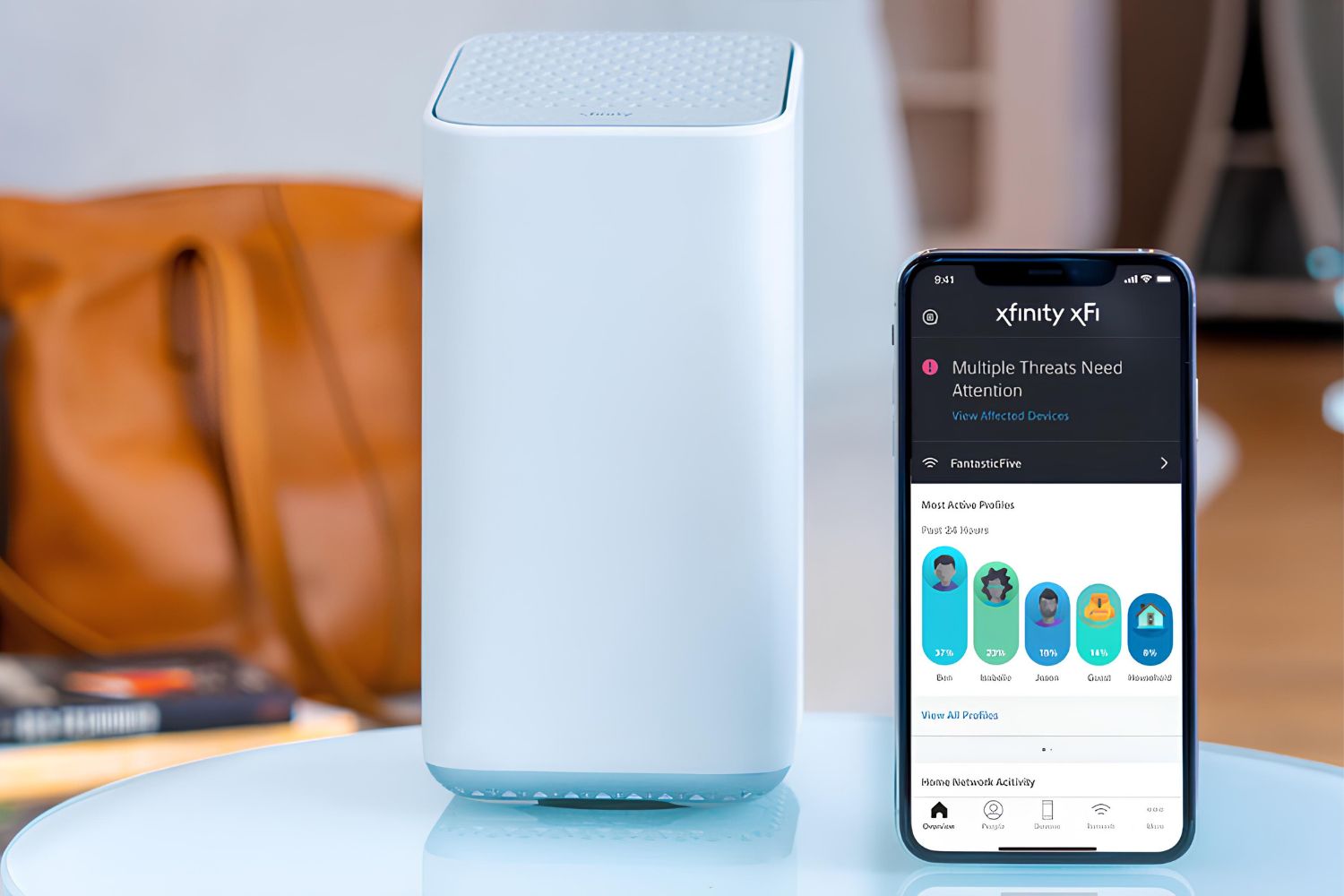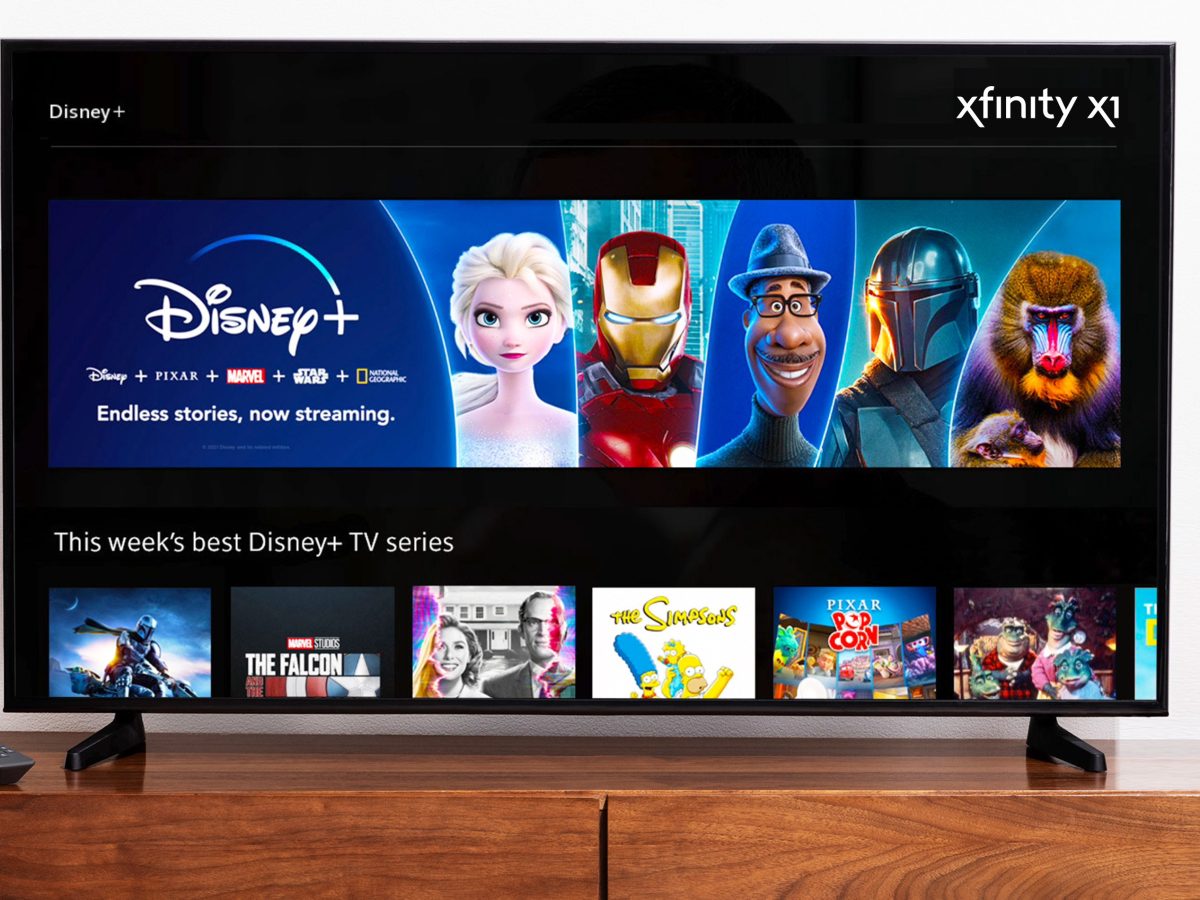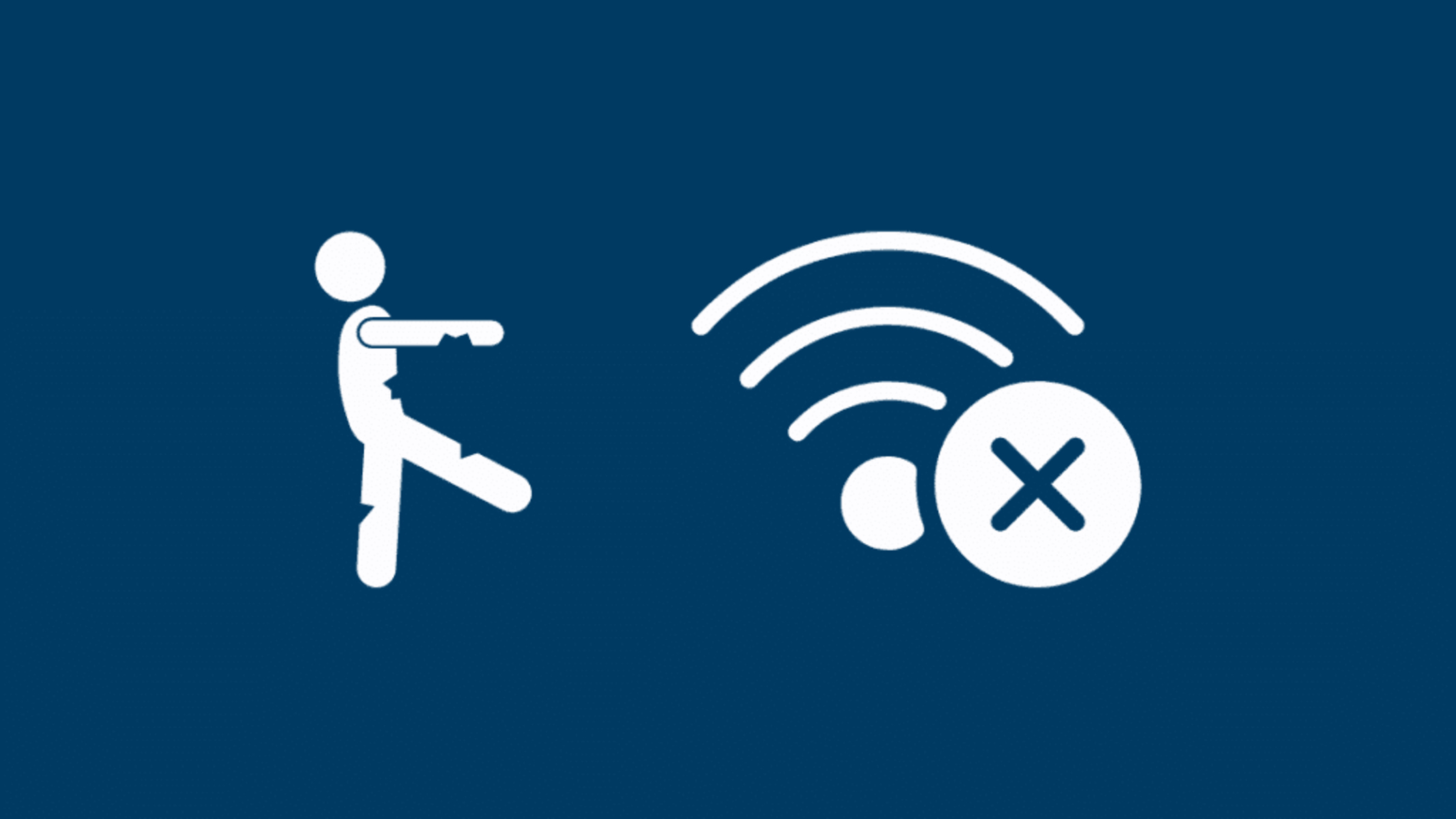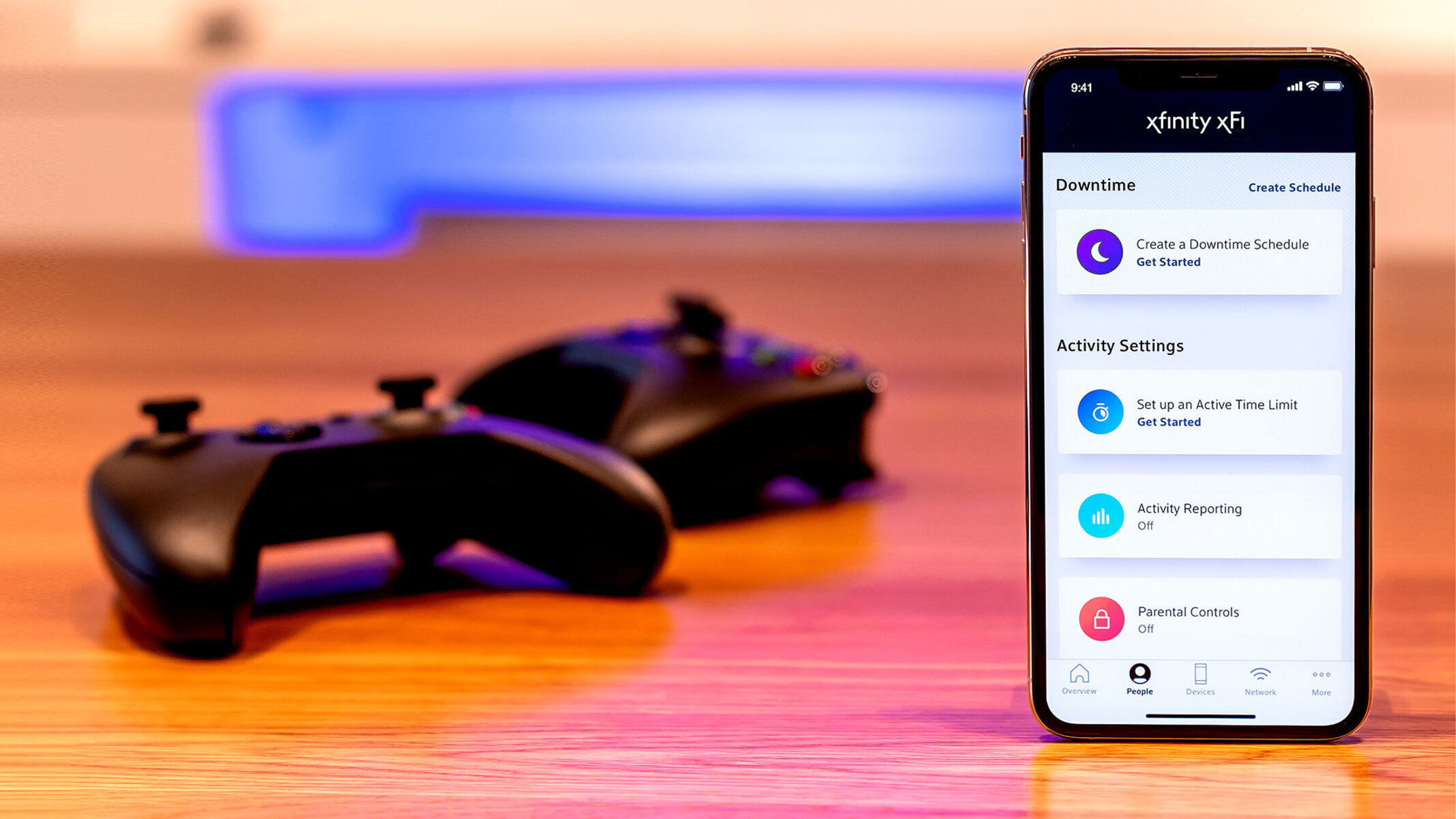Introduction
As our reliance on digital connectivity continues to grow, the demand for seamless and reliable internet access has become paramount. Xfinity hotspots have emerged as a convenient solution for staying connected on the go, offering access to high-speed internet in various public locations. However, like any technology, Xfinity hotspots are susceptible to connectivity issues that can disrupt our online experiences.
In this comprehensive guide, we will delve into the intricacies of diagnosing and troubleshooting Xfinity hotspot connection issues. Whether you're at a café, airport, or shopping center, encountering connectivity problems with an Xfinity hotspot can be frustrating. By understanding the common issues and learning effective diagnostic and troubleshooting techniques, you can regain control over your internet connection and minimize downtime.
Throughout this guide, we will explore the underlying factors that contribute to Xfinity hotspot connection issues, empowering you to tackle these challenges with confidence. From identifying common problems to implementing practical solutions, this guide aims to equip you with the knowledge and strategies needed to overcome connectivity hurdles and make the most of Xfinity hotspots.
So, if you've ever found yourself grappling with sluggish internet speeds, intermittent connectivity, or other Xfinity hotspot-related issues, this guide is your go-to resource for unraveling the complexities of these issues and reclaiming a smooth and uninterrupted online experience. Let's embark on this journey to unravel the mysteries of Xfinity hotspot connectivity and emerge with the expertise to conquer any connectivity challenge that comes our way.
Understanding Xfinity Hotspot Connection
Xfinity hotspots are wireless networks provided by Comcast, offering internet access to Xfinity subscribers and non-subscribers alike in public locations. These hotspots are designed to provide convenient and fast internet connectivity, allowing users to stay connected while on the move. By leveraging existing Xfinity infrastructure, these hotspots enable seamless internet access in a variety of settings, including coffee shops, parks, shopping centers, and public transportation hubs.
Xfinity hotspots operate through a network of routers and access points strategically deployed in public areas. These access points transmit Wi-Fi signals, allowing compatible devices to connect and access the internet. Users can easily identify Xfinity hotspots by searching for available networks on their devices, with the network names typically including "xfinitywifi" or a similar identifier.
One of the key advantages of Xfinity hotspots is their widespread availability. With millions of hotspots across the United States, Xfinity subscribers can enjoy enhanced connectivity beyond their homes, while non-subscribers can access limited free usage. This expansive network empowers users to stay connected while traveling or when their primary internet connection is unavailable.
Xfinity hotspots are designed to deliver high-speed internet, enabling users to stream content, browse the web, and engage in online activities with minimal disruptions. The seamless integration of these hotspots into public spaces reflects Comcast's commitment to enhancing connectivity and enriching the digital experiences of its customers.
Understanding the intricacies of Xfinity hotspot connections involves recognizing the underlying technology and infrastructure that powers these networks. By gaining insight into how these hotspots operate and their benefits, users can make informed decisions about utilizing them to fulfill their connectivity needs.
In the next sections, we will explore common Xfinity hotspot connection issues, delve into diagnostic techniques, and discuss effective troubleshooting strategies to address these issues, empowering users to navigate the complexities of Xfinity hotspot connectivity with confidence and proficiency.
Common Xfinity Hotspot Connection Issues
Encountering connectivity issues with Xfinity hotspots can disrupt our online activities and lead to frustration. Understanding the common challenges associated with Xfinity hotspot connections is crucial for effectively diagnosing and resolving these issues. Let's explore some of the prevalent connectivity problems that users may encounter:
-
Slow Internet Speeds: Users may experience sluggish internet speeds when connected to an Xfinity hotspot, leading to delays in loading web pages, streaming content, or downloading files. Slow speeds can hinder productivity and diminish the overall online experience.
-
Intermittent Connectivity: Inconsistent or intermittent connectivity can disrupt online activities, causing frequent disconnections and disruptions in video calls, online gaming, or streaming media. This issue can stem from signal interference, network congestion, or hardware-related factors.
-
Authentication and Login Problems: Users may encounter difficulties when attempting to authenticate and log in to Xfinity hotspots, preventing them from accessing the internet. Authentication issues can arise due to incorrect login credentials, expired session data, or network authentication errors.
-
Limited Range and Signal Strength: The range and signal strength of Xfinity hotspots may vary, leading to connectivity challenges in areas with weak signal coverage. Users positioned farther from the hotspot's access point may experience reduced signal strength, impacting their ability to connect reliably.
-
Device Compatibility Issues: Certain devices may encounter compatibility issues when attempting to connect to Xfinity hotspots, resulting in connection failures or limited functionality. Device-specific compatibility challenges can hinder seamless connectivity experiences.
-
Network Congestion: High user traffic and network congestion in densely populated areas can lead to reduced hotspot performance, causing slowdowns and connectivity issues during peak usage periods.
Recognizing these common Xfinity hotspot connection issues is the first step toward effectively diagnosing and addressing connectivity challenges. By understanding the underlying factors contributing to these issues, users can implement targeted diagnostic and troubleshooting strategies to restore reliable connectivity and optimize their hotspot experiences.
Diagnosing Xfinity Hotspot Connection Issues
Diagnosing Xfinity hotspot connection issues requires a systematic approach to identify the root causes of connectivity challenges and implement targeted solutions. By understanding the symptoms and potential triggers of these issues, users can effectively diagnose and address connectivity problems, restoring a seamless and reliable internet experience.
Signal Strength and Range Assessment
When encountering connectivity issues with an Xfinity hotspot, it is essential to assess the signal strength and range of the network. Users should evaluate their proximity to the hotspot's access point and consider potential obstructions or interference that may impact signal reception. By analyzing signal strength indicators on their devices and comparing them across different locations, users can gain insights into the spatial coverage and signal consistency of the hotspot, aiding in the diagnosis of connectivity challenges.
Device-Specific Connectivity Tests
Conducting device-specific connectivity tests can unveil potential compatibility issues that may hinder successful connections to Xfinity hotspots. Users should attempt to connect different devices to the hotspot, observing any patterns of connectivity failures or limitations. By isolating connectivity issues to specific devices, users can narrow down the potential causes, such as outdated network drivers, incompatible hardware, or device-specific settings affecting connectivity.
Network Authentication and Login Verification
Authentication and login problems are common culprits behind connectivity issues with Xfinity hotspots. Users should verify the accuracy of their login credentials and ensure that their subscription or access privileges are up to date. Additionally, users can attempt to log in to the hotspot using alternative devices to determine if the issue is isolated to a specific device or account, aiding in the diagnosis of authentication-related challenges.
Performance Benchmarking and Speed Tests
Assessing the performance of an Xfinity hotspot through speed tests and benchmarking tools can provide valuable insights into the network's capabilities and potential limitations. Users can compare the actual internet speeds experienced on the hotspot with the expected speeds, identifying discrepancies that may indicate underlying connectivity issues. By conducting speed tests at different times and locations within the hotspot's coverage area, users can gather data to support the diagnosis of speed-related connectivity problems.
Network Congestion Analysis
Analyzing network congestion patterns and peak usage periods can shed light on connectivity issues stemming from high user traffic. Users can observe connectivity performance during different times of the day and in various locations to identify potential congestion-related slowdowns. By recognizing patterns of reduced performance during peak usage hours, users can diagnose network congestion as a contributing factor to connectivity challenges, prompting targeted troubleshooting efforts to mitigate its impact.
By employing these diagnostic techniques and systematically evaluating the factors influencing Xfinity hotspot connectivity, users can gain a comprehensive understanding of the underlying issues and take informed steps toward effective troubleshooting. The insights gathered from the diagnostic process serve as a foundation for implementing tailored solutions, empowering users to address connectivity challenges with confidence and precision.
Troubleshooting Xfinity Hotspot Connection Problems
Resetting Network Settings
Resetting network settings on the device experiencing connectivity issues can often resolve Xfinity hotspot problems. Users can navigate to their device's network settings and initiate a network reset, which clears any stored network configurations and re-establishes connectivity parameters. This process can address underlying network conflicts or configuration errors that may hinder successful connections to Xfinity hotspots.
Signal Optimization and Positioning
Optimizing the positioning of the device in relation to the Xfinity hotspot's access point can significantly improve connectivity. Users should reposition themselves within the hotspot's coverage area, minimizing obstructions and maximizing signal reception. By adjusting their physical location and orienting their devices toward the hotspot's access point, users can enhance signal strength and mitigate connectivity challenges arising from signal interference or weak reception.
Updating Device Software and Drivers
Ensuring that devices are running the latest software updates and drivers is essential for resolving compatibility issues with Xfinity hotspots. Users should check for available system updates and driver patches, applying any pending updates to enhance device compatibility and address potential connectivity limitations. Keeping devices up to date with the latest software releases can mitigate software-related connectivity issues and optimize hotspot compatibility.
Network Authentication and Account Verification
Verifying the accuracy of login credentials and subscription status is crucial for addressing authentication and login problems with Xfinity hotspots. Users should confirm the validity of their account credentials and subscription status, ensuring that they have the necessary access privileges to connect to Xfinity hotspots. By double-checking their account information and re-authenticating when necessary, users can overcome authentication-related connectivity hurdles and regain access to the network.
Contacting Xfinity Support
In cases where persistent connectivity issues persist despite troubleshooting efforts, users can seek assistance from Xfinity support channels. By reaching out to Xfinity customer support, users can receive personalized guidance and technical assistance tailored to their specific connectivity challenges. Xfinity support representatives can provide insights into network conditions, account status, and potential hotspot-related issues, facilitating the resolution of complex connectivity problems.
By implementing these troubleshooting strategies, users can effectively address Xfinity hotspot connection problems and restore seamless connectivity. Each troubleshooting approach targets specific aspects of connectivity challenges, empowering users to navigate and overcome the complexities of Xfinity hotspot connectivity with proficiency and resolve.
Conclusion
In conclusion, navigating the intricacies of Xfinity hotspot connectivity involves understanding the common issues, diagnosing connectivity challenges, and implementing targeted troubleshooting strategies. By unraveling the complexities of Xfinity hotspot connection problems, users can regain control over their internet experiences and make the most of the convenience offered by these public Wi-Fi networks.
Throughout this guide, we have explored the multifaceted landscape of Xfinity hotspot connectivity, shedding light on the common challenges that users may encounter. From slow internet speeds and intermittent connectivity to authentication problems and device compatibility issues, the spectrum of connectivity hurdles underscores the importance of equipping users with the knowledge and strategies needed to address these issues effectively.
The diagnostic process outlined in this guide empowers users to systematically evaluate the factors influencing Xfinity hotspot connectivity, enabling them to identify the root causes of connectivity challenges. By assessing signal strength, conducting device-specific tests, and analyzing network performance, users can gain valuable insights that serve as a foundation for targeted troubleshooting.
Effective troubleshooting strategies, including network settings resets, signal optimization, software updates, and account verification, provide users with actionable steps to address connectivity issues and restore seamless Xfinity hotspot experiences. Additionally, seeking assistance from Xfinity support channels offers personalized guidance and technical support, ensuring that users receive the necessary assistance to overcome persistent connectivity challenges.
As the digital landscape continues to evolve, the demand for reliable and accessible internet connectivity remains paramount. Xfinity hotspots play a pivotal role in fulfilling this demand, offering users the flexibility to stay connected while on the go. By arming users with the knowledge and strategies to navigate and conquer connectivity challenges, this guide serves as a valuable resource for enhancing the Xfinity hotspot experience.
In essence, by understanding the nuances of Xfinity hotspot connectivity, users can transcend the barriers posed by common connectivity issues and embrace a seamless and uninterrupted online experience. The journey to unraveling the mysteries of Xfinity hotspot connectivity culminates in empowered users equipped with the expertise to conquer any connectivity challenge that comes their way.
Ultimately, by leveraging the insights and strategies presented in this guide, users can harness the full potential of Xfinity hotspots, transforming their connectivity experiences into seamless and reliable digital journeys.









